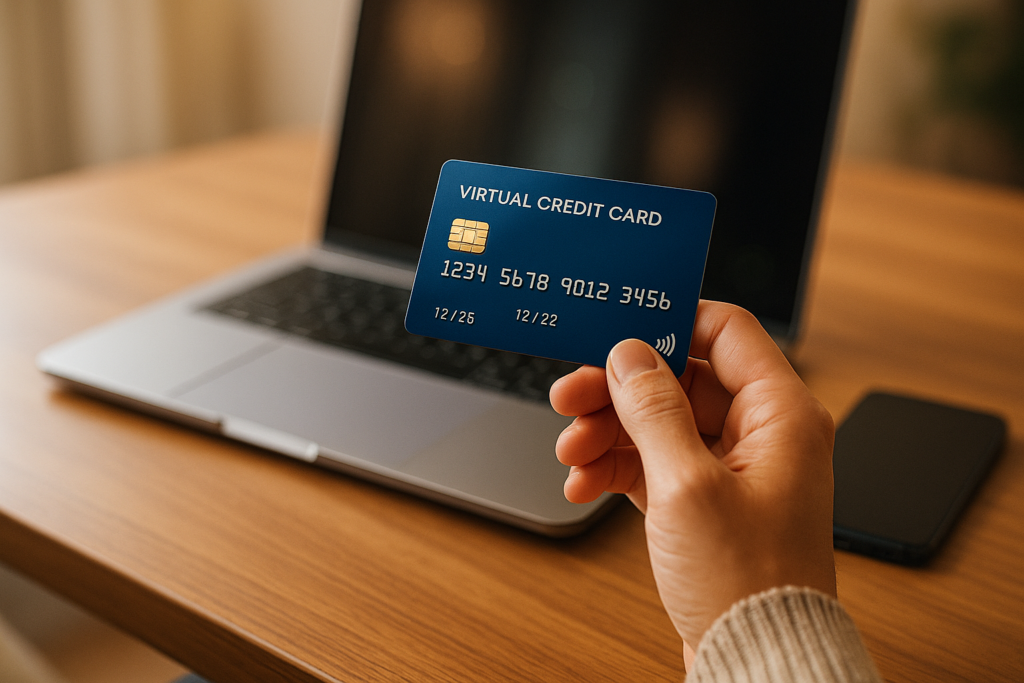Virtual Credit Cards: Protecting Your Data with Masked Numbers and Burner Cards
In a world increasingly driven by digital transactions, safeguarding your financial data has become more important than ever. Virtual credit cards are emerging as a powerful tool to help protect your sensitive information while enabling secure online spending. These digital equivalents of physical credit cards come with features like masked numbers and burner functionality that add multiple layers of security. If you’re looking to shop online confidently or reduce the risk of fraud, understanding how virtual credit cards work will empower you to make smarter financial choices.
What Are Virtual Credit Cards?
Virtual credit cards are digital versions of your regular credit card. Instead of a physical card, you get a unique card number, expiration date, and CVV that you can use for online transactions. These numbers are generated for specific purposes, time frames, or merchants, providing a flexible and safer method for digital payments.
Many banks and financial service providers today offer virtual credit cards, often through their mobile apps or online banking portals. They are especially useful for one-time purchases or when you want to limit exposure of your main card details.
Key Features of Virtual Credit Cards
- Masked Numbers: Virtual cards generate masked or temporary card numbers that hide your actual credit card details. This way, even if a merchant’s system gets compromised, your real card information remains safe.
- Burner Functionality: Burner cards are temporary virtual cards that can be used once or for a limited period. Once the purpose is fulfilled, these cards are deactivated, making it impossible for hackers or fraudsters to misuse them later.
- Limit Spending & Time Frame: Virtual cards often allow you to set spending limits and expiry dates to enhance security.
- Enhanced Security & Privacy: Because your main card number is never shared during online transactions, virtual cards drastically reduce the risk of card cloning and data theft.
How Do Virtual Credit Cards Work?
The process for using virtual credit cards involves a few simple steps:
- Application: You apply for a virtual card via your bank’s app or online portal. Some providers offer instant issuance, while others may require a brief processing time.
- Generation of Card Details: The bank generates a unique, masked card number along with an expiry date and CVV.
- Usage: Use these details to shop online or in-app. The transaction is processed just like with any physical card.
- Deactivation or Renewing: Once your purchase is complete or the card’s expiry date is reached, you can deactivate or generate a new virtual card.
Benefits of Using Virtual Credit Cards
- Protection Against Fraud & Data Theft: Since your actual card details are concealed, the chances of card cloning or theft decrease significantly.
- Controlled Spending & Limits: Virtual cards allow setting a maximum limit for each transaction or overall use, giving you better control.
- Online Shopping Flexibility: Easily generate different cards for different merchants, reducing the risk associated with recurring or one-time purchases.
- Easy Management & Tracking: Virtual cards are managed digitally, allowing you to track expenses precisely and deactivate cards instantly if needed.
- Additional Layer of Privacy: Protects your primary card details from being exposed on less secure or unfamiliar sites.
How to Apply for a Virtual Credit Card?
You can typically apply for a virtual credit card through your existing bank’s digital banking platform or mobile app. Some leading options include:
Most banks offer instant virtual card issuance, making it quick and easy to start using them for your online shopping needs.
Popular Use Cases for Virtual Credit Cards
- Online shopping: Protect yourself against fraud when shopping on platforms like Amazon or Flipkart.
- Subscriptions & recurring payments: Use virtual cards for services like Netflix or Spotify to prevent unauthorized charges on your main card.
- Travel Bookings: Securely book flights, hotels, or car rentals without exposing your primary card details.
- One-time purchases: Quickly generate a temporary card for a specific transaction, then discard it.
FAQs about Virtual Credit Cards
1. Are virtual credit cards safe to use?
Yes. They add an extra layer of security by masking your actual card number and allowing limits or expiry dates to be set.
2. Can I use a virtual credit card for international transactions?
Most virtual credit cards work for overseas transactions if your card supports international payments. Confirm with your bank’s terms while applying.
3. How long do virtual cards last?
This depends on the issuing bank. Some virtual cards are valid for a single transaction or a few days, while others can be set for a longer period, up to a few months.
4. Can I convert my physical card into a virtual one?
Usually, virtual cards are issued separately through your bank’s platform. Check with your bank if such an option is available.
5. Are there extra charges for using virtual credit cards?
Most banks offer virtual credit cards free of charge as part of their digital banking services, but it’s best to confirm with your provider.
Wrapping Up
Virtual credit cards are an excellent tool for enhancing your online shopping security. With features like masked numbers and burner options, they help you shop confidently while protecting your main financial data. Whether you want to make a one-time purchase or manage recurring payments more securely, virtual cards are a practical choice.
Interested in exploring specific credit card options tailored to your needs? Visit our Find My Card page or check out our detailed reviews on the FinWitty blog. Stay safe and smart with your digital financial transactions!

